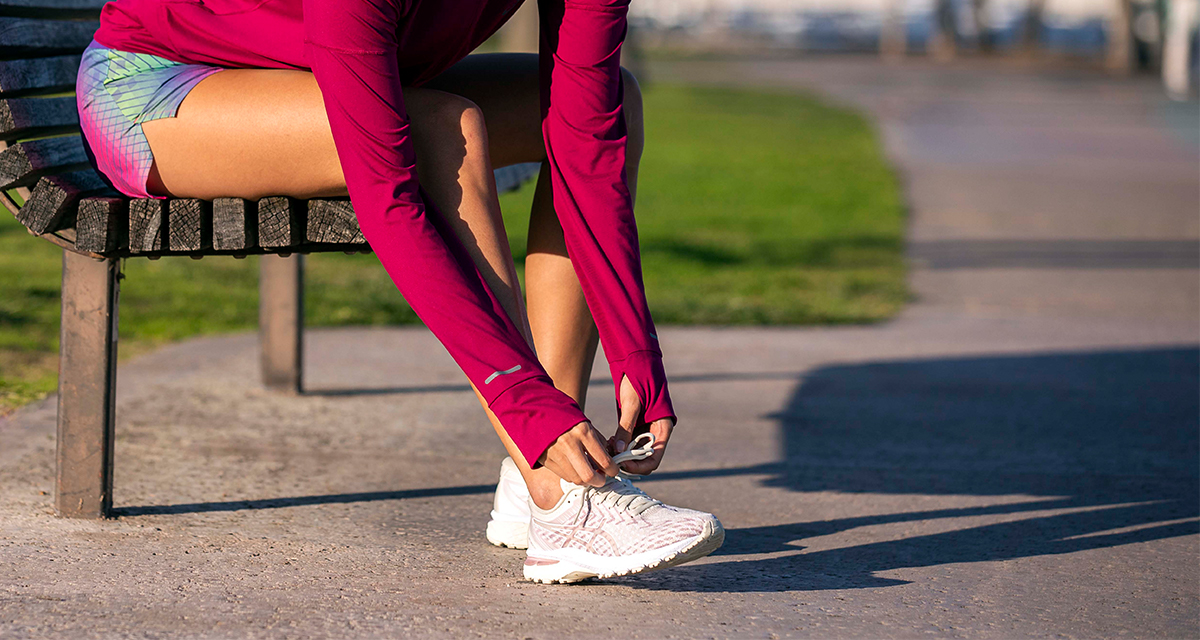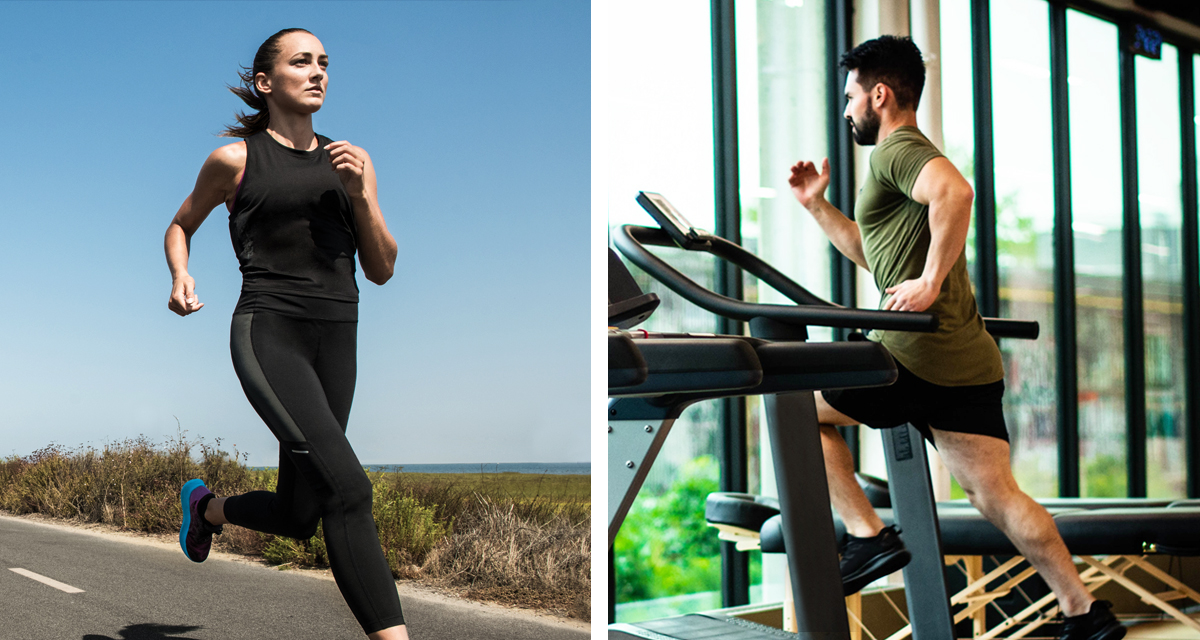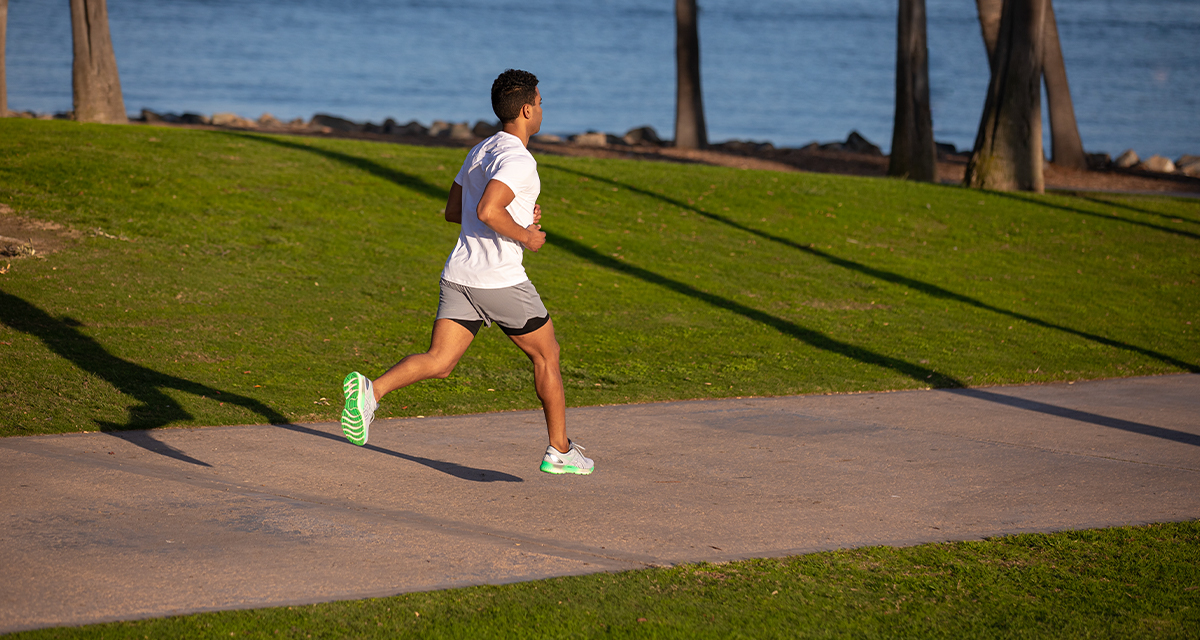Learning how to tie our own shoelaces was a milestone when we were kids (flashbacks to bunny ears and loop-de-loops come to mind). It’s always been a basic life skill that most of us don’t give a second thought to. But what if we told you there was more to it than simply tying them securely?
There’s a lot more to shoelaces’ function than we realize. The way you lace your shoes can have a major impact on your run. It can determine how long you can move your feet comfortably and as well as help prevent injury. Our feet have certain pressure points, which may cause soreness if you’re not wearing appropriate footwear. A properly tied shoe can help relieve these pressure points and even give your foot more support during your workout.
There are specific techniques to tie shoelaces properly that will ensure an even distribution of pressure across your feet. Just like our bodies, our feet are different shapes and sizes. In fact, no two feet are identical, says Ettore Vulcano, M.D., Chief of Foot & Ankle Surgery at Mount Sinai West and a member of the American Orthopaedic Foot and Ankle Society. He adds, “The majority of people have one foot that’s both wider and longer than the other. It would be most appropriate to wear separate sizing for each foot, but usually, people must cater to one foot or the other [when it comes to purchasing footwear].”
There are a number of ways in which you can tie your laces to make sure the tension in the laces is spread evenly across each section of the shoe, alleviating pressure points and making your stride more comfortable.
Let’s explore some running shoe lacing techniques:
To avoid heel slipping
Try the heel lock technique to prevent your heel from slipping in the back of your shoes. This technique tightens the shoe around the heel and ankle averting blisters.
Support high arches
If you have high arches or high instep chances are that the top of your foot is raised a little bit higher and rubs against the tongue of the shoe causing irritation when you run. The most suitable way of tying your shoelaces would be gap lacing. It reduces the pressure on the top of your foot but still ensures your shoe fits well.
For a wide forefoot
Some people have wider forefeet (the front part of your foot) compared to the back of their feet. In such cases, it is important to create space at the front for comfort. For people with such feet, an ideal lacing technique would be where there is room at the front for the toenails to move freely. Avoid tightening the first three eyelets (the holes that the laces go through) of the shoe for more width.
For wide feet
If you’re someone whose foot width is 4 1/16” in a size 9 shoe or 3 3/16” in a size 7, then you are considered to have wide feet. To walk or run comfortably, you’ll want to make a lot of space for your feet to breathe in your shoes. An appropriate way of tying your laces would be to tighten the eyelets nearest to the ankle, leaving the ones closest to your toes empty.
To help prevent black toenails
For those whose toes get rubbed against the shoe all the time causing black toenails or extreme toenail pressure, try the old school criss-cross method but by starting with the bottom eyelet. This technique of lacing helps ease pressure on the toes and give shoes a little extra room.
Picking a running shoe that supports your pronation type and fits well is the first step to preventing some of the aches and pains that may come from running. Properly laced shoes will help secure your feet and can prevent injuries, so you can keep moving for miles to come.
Now that you know all the hacks, get up, tighten those laces (properly) and get going!
Need a boost of motivation or want some company as you run? Check out the newly added Guided Workouts feature in the ASICS Runkeeper™ app. You’ll feel like you have a personal trainer and companion in your pocket.




